Guest post blog by Katrina & Clayton
Blackcurrants (Ribes nigrum) are an excellent fruit crop for Scotland, thriving in the cool, damp conditions and producing an abundance of nutritious berries. Their resilience, high vitamin C content, and usefulness in jams, juices, and desserts make them a popular choice for home gardeners.
Growing Blackcurrants in Scotland
Blackcurrants are highly suited to Scotland’s climate, as they prefer cooler temperatures and ample rainfall. They are hardy, frost resistant and can tolerate wet conditions, making them ideal for Scottish gardens. Once established, blackcurrant bushes produce fruit for many years with minimal maintenance.
Full sun to partial shade and require moist, well drained soil to flourish. Blackcurrants are highly resistant to frost and cold winters and can withstand harsh conditions while still producing a great harvest. The fruit typically ripens from mid to late summer, providing a nutritious yield. Both the berries and the leaves can be used.
Berries: Eaten fresh, dried, or used in jams, juices and desserts.
Blackcurrant berries are incredibly versatile and can be consumed in various forms, each offering a unique taste experience. When eaten fresh, they provide a tangy, slightly sweet flavour packed with vitamins, particularly vitamin C, making them a nutritious snack.
Their natural tartness balances well with other fruits, making them an excellent addition to fruit salads or smoothies. The berries are also widely used in jams and preserves, where their deep, rich flavour and high pectin content help create a thick, luscious spread that pairs well with toast, pastries.
Drying blackcurrants extends their shelf life and enhances their sweetness, making them a convenient, nutrient rich ingredient for trail mixes, cereals, and baked goods.
Blackcurrant juice is another popular use, known for its vibrant colour and refreshing taste. It is often enjoyed on its own, blended with other fruit juices, or even used in cocktails and mocktails.
Leaves: Used to make herbal teas or as a flavouring agent.
Blackcurrant leaves, often overlooked, hold valuable properties. One of their most common uses is in herbal teas, where they contribute a mild, earthy flavour with subtle fruity undertones. These teas are believed to offer numerous health benefits, including anti-inflammatory and immune boosting properties.

Planting Blackcurrants
The best time to plant blackcurrants in Scotland is late autumn to early spring. Planting during dormancy allows roots to establish before the growing season begins.
Choose a location: with good sunlight and protection from strong winds.
Prepare the soil: by incorporating organic matter such as compost such as Caledonian Green Goodness
Dig a hole: twice the size of the root ball and loosen the soil at the base.
Plant the bush: slightly deeper than it was in the nursery container, covering a few inches of the lower stem to encourage strong root growth.
Water thoroughly: after planting to settle the soil.
Mulch around the base: with compost or bark to retain moisture and suppress weeds.
Pruning Blackcurrants
Pruning is essential for maintaining healthy blackcurrant bushes and ensuring a good harvest.
How to Prune:
First-year pruning:
After planting, cut back all stems to just above a bud, leaving only 2–3 buds per stem to encourage strong root development.
Annual pruning:
Remove older wood (3+ years old) to promote new growth. Blackcurrants fruit best on one- and two-year-old wood.
Winter pruning:
Conduct pruning in late winter or early spring before new growth starts.
Summer maintenance:
Remove weak, diseased, or crossing branches to improve air circulation.
Caring for Blackcurrants
Blackcurrants require minimal maintenance but benefit from basic care routines to maximize fruit production.
Blackcurrants require minimal maintenance but benefit from basic care routines to maximise fruit production. Keeping the soil consistently moist but not waterlogged is essential, particularly during dry spells when the risk of dehydration increases. Newly planted bushes need regular watering until they are well established to support strong root development.
To maintain soil fertility and encourage healthy growth, applying a mulch layer with compost is highly beneficial as it helps to retain moisture, suppress weeds, and gradually enrich the soil with organic nutrients.
Although blackcurrants are relatively pest resistant compared to other fruiting plants, it is still necessary to remain vigilant for common pests such as aphids, sawfly larvae, and blackcurrant gall midge. These pests can weaken plants by feeding on foliage, distorting new growth, and reducing overall fruit yield. Implementing organic pest control methods or encouraging natural predators like ladybugs can help keep their populations in check without resorting to chemical treatments.
In addition to pests, blackcurrants can be susceptible to certain fungal diseases, including mildew and leaf spot, which can compromise plant health and fruit production. To prevent these issues, ensuring good air circulation around the plants is crucial.
This can be achieved by properly spacing bushes during planting and pruning older or overcrowded branches to promote airflow. Additionally, avoiding overhead watering minimizes the risk of fungal spores spreading, as excessive moisture on leaves creates a favourable environment for disease development.
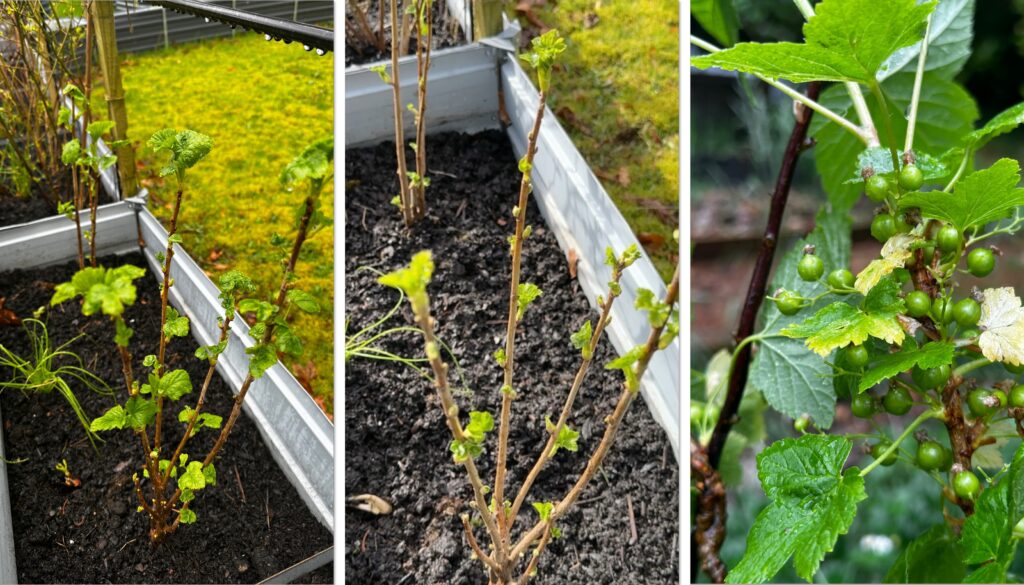
Companion Planting with Blackcurrants
Blackcurrants benefit from companion planting, which helps deter pests, improve soil conditions, and enhance pollination.
Best Companion Plants:
Chives and Garlic: Repel aphids and other pests.
Nasturtiums: Attract beneficial insects that prey on pests.
Marigolds: Help prevent soil borne pests.
Clover and Comfrey: Improve soil nutrients and act as living mulch.
Plants to Avoid:
Avoid planting blackcurrants near walnut trees, as they release chemicals that inhibit growth.

Blackcurrants are a fantastic fruit crop for Scottish gardens, offering resilience, easy maintenance, and nutritious yields. Whether used in cooking, herbal remedies or soil improvement, blackcurrants are a valuable addition to any garden.
Katrina & Clayton
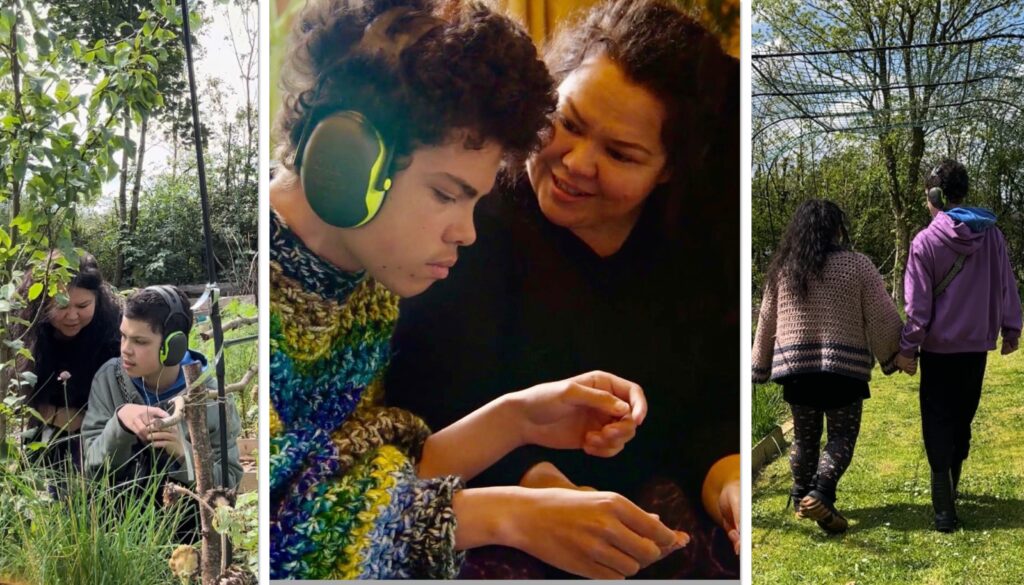
Katrina & Clayton live with their family in East Ayrshire in Scotland and share their daily life in the garden on instagram @buildingfoodforest_scotland. They practice permaculture principles, reducing & repurposing waste whenever they can. Katrina shows how home educating in nature has helped Clayton thrive.
Clayton Completed The Grow and Learn Course with the Royal Caledonian Horticultural Society in 2022. This year he will be completing Level 2 Nurture Course. Clayton is 16, Autistic, Non Verbal & has been Home Educated for the last 6yrs. Both Katrina and husband Peter have studied the Permaculture Design Course PDC and PDC Pro over the last 5yrs, developing their garden from grass to an ongoing food forest.
They have featured on BBC Beechgrove Gardens, Gardeners World Magazine and write for Scotland Grows Magazine. Katrina has a series of children’s story books out following the life of Clayton in the garden. Available at Amazon.
See more and follow Katrina & Clayton at the links below:
-
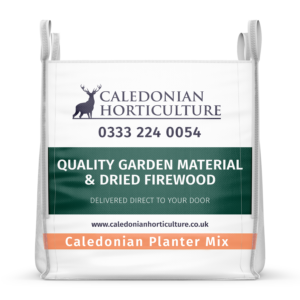 Builder’s Bag Planter Mix£79.00 inc VAT
Builder’s Bag Planter Mix£79.00 inc VAT -
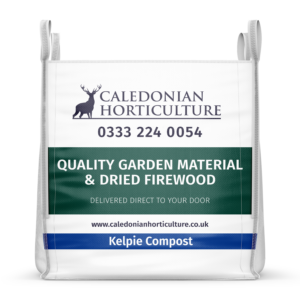 Builder’s Bag Kelpie Compost£72.00 inc VAT
Builder’s Bag Kelpie Compost£72.00 inc VAT -
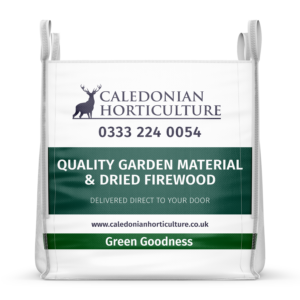 Builder’s Bag Green Goodness£52.00 inc VAT
Builder’s Bag Green Goodness£52.00 inc VAT

